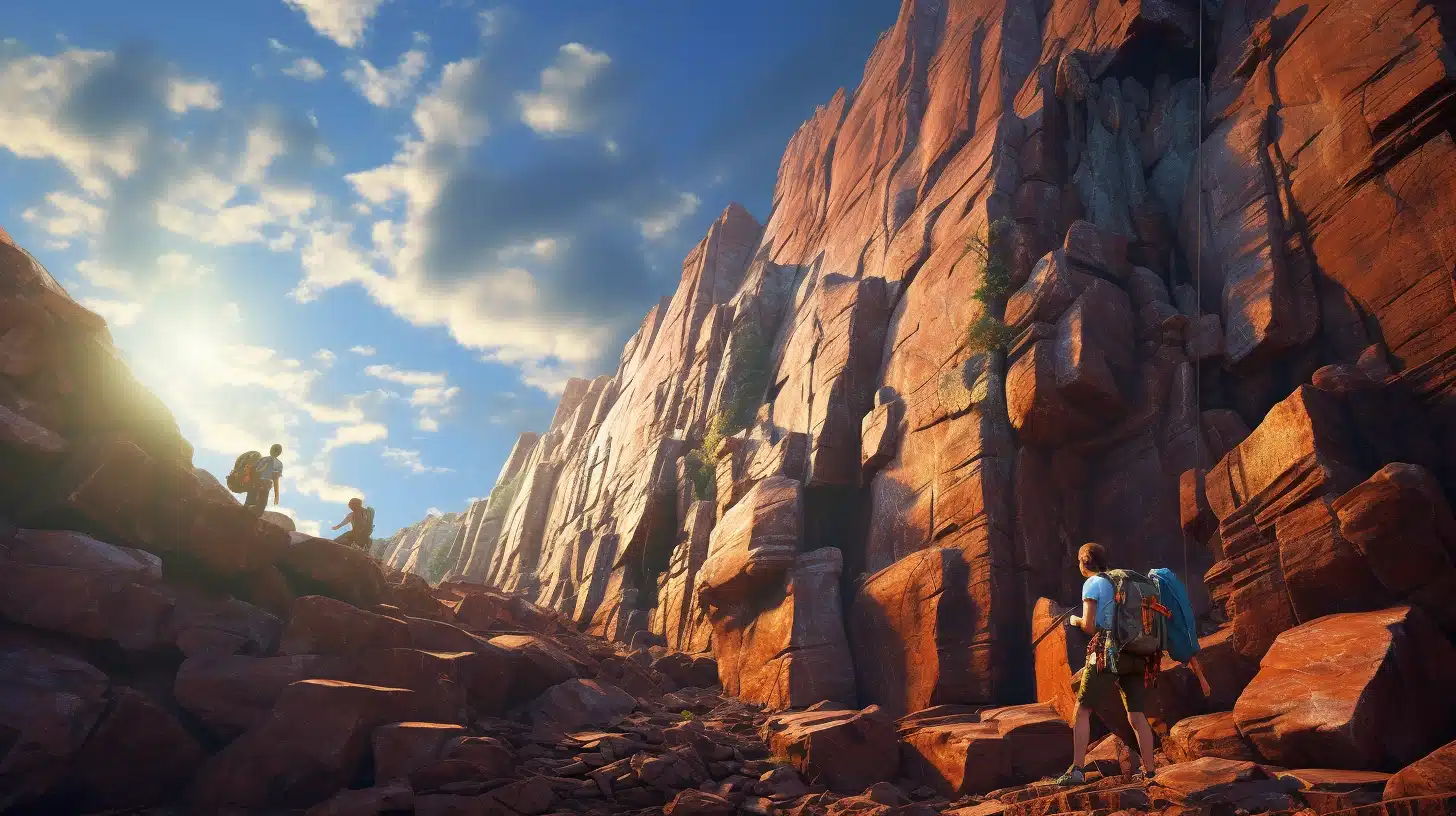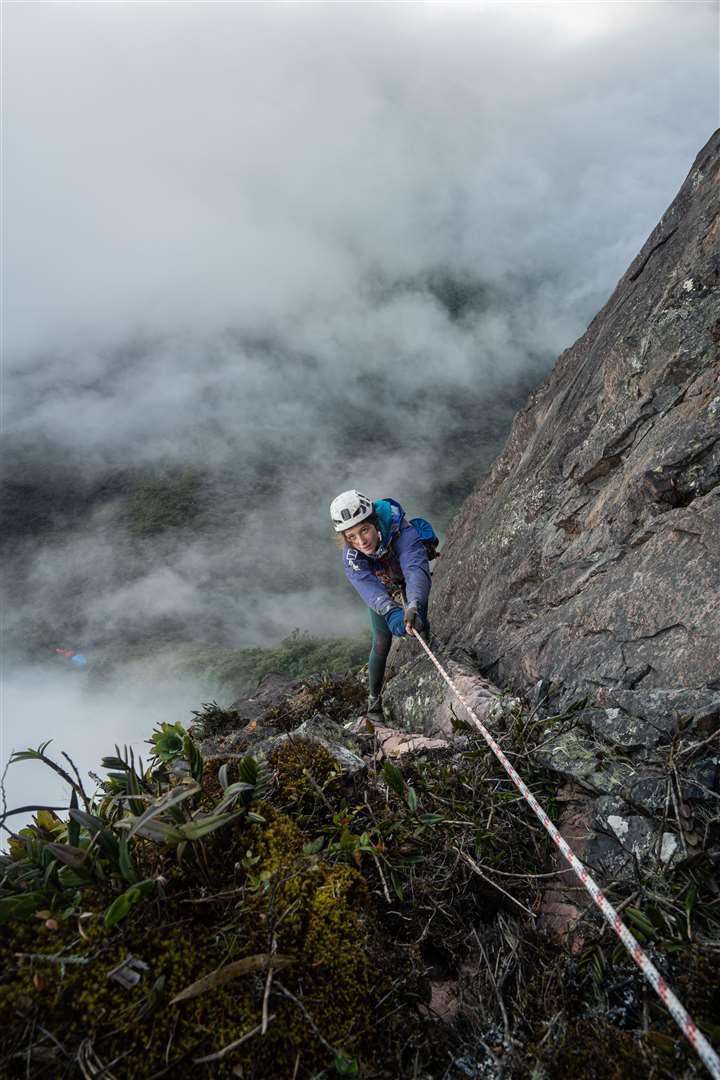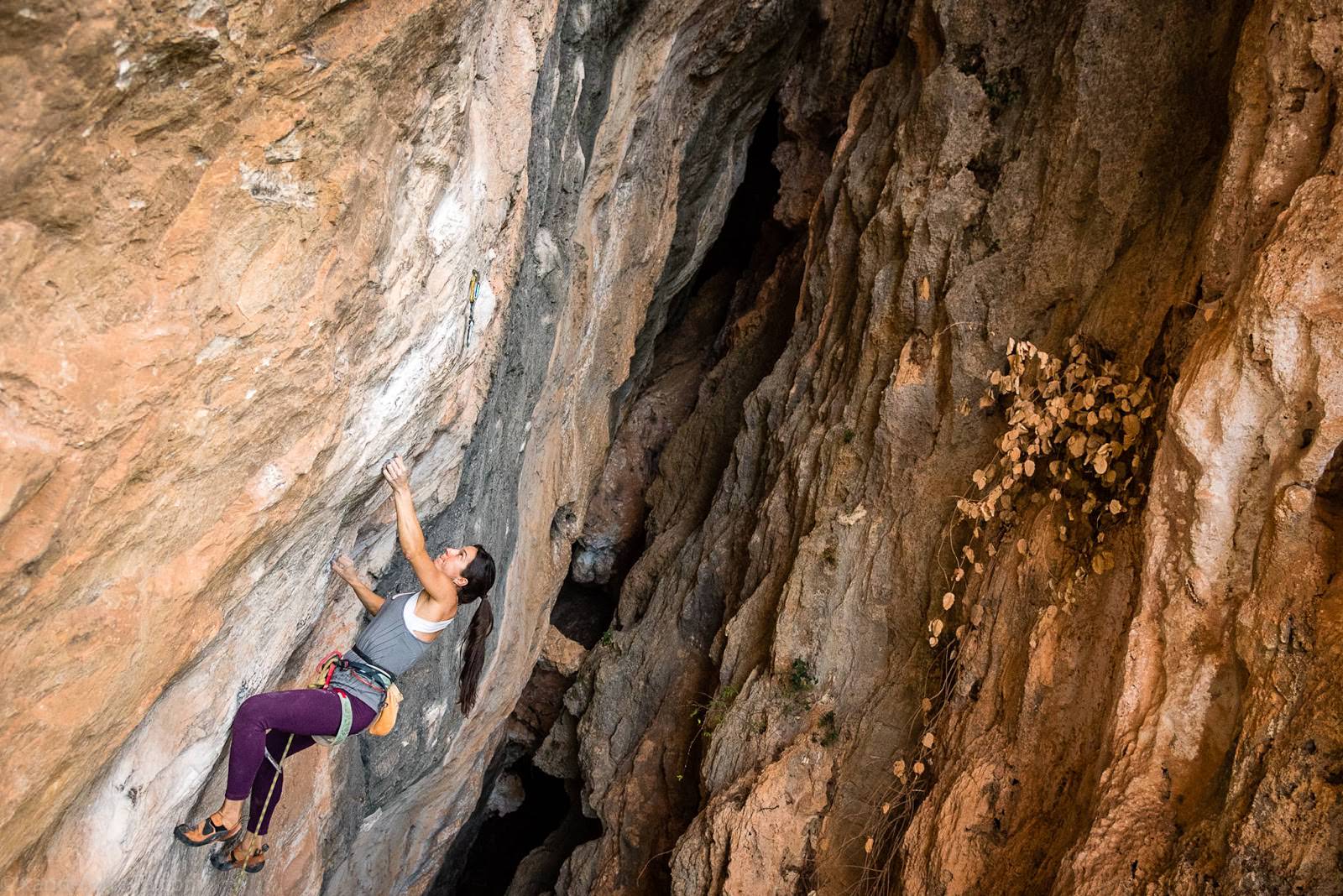Table of Contents
ToggleIntroduction
The allure of climbing in South America
South America, a sublime continent brimming with majestic peaks and diverse terrains, calls out to avid mountaineers across the globe who all wonder when are the best seasons to climb South America. Those seeking adventure find themselves drawn to the Argentinian and Chilean sides of the Andes, where renowned summits beckon climbers of varying skill levels. The dazzling array of ascents offer not only breathtaking backdrops but also a range of technical challenges that can test the most experienced climbers.
This captivating region, rich in climbing history, has peaks that rise high into the sky, such as the famed Aconcagua, which towers at 6,961 meters (22,838 feet). Yet, for those who are just beginning their mountaineering journey, or for intermediate climbers aiming to broaden their expedition portfolio, there are mountains like the picturesque Lanín volcano. Here, climbers can undertake an ascent that is both manageable and rewarding. The whip of the cold wind, the crunch of snow underfoot, and the heart-pumping climb culminate in the unmatched triumph of reaching a summit. The experience is undeniably transformative, connecting climbers not only to nature but also to their own inner strength.
How to choose the best seasons to climb South America
To embark upon a South American mountaineering adventure requires careful planning, particularly when it comes to timing. The climbing season is typically from December to May, though this may vary depending on the specific mountain. It’s during these months that climbers enjoy more favorable weather conditions, with minimal precipitation and more stable temperatures.
Aspiring climbers can start preparing now for their next South American adventure, envisioning themselves amidst the striking landscapes and gearing up for the thrilling ascents. With proper preparation and awareness of the optimal climbing seasons, mountaineers can ensure a safer and more enjoyable experience as they delve into the raw beauty of South America’s majestic mountains.
Climbing in the Andes Mountains
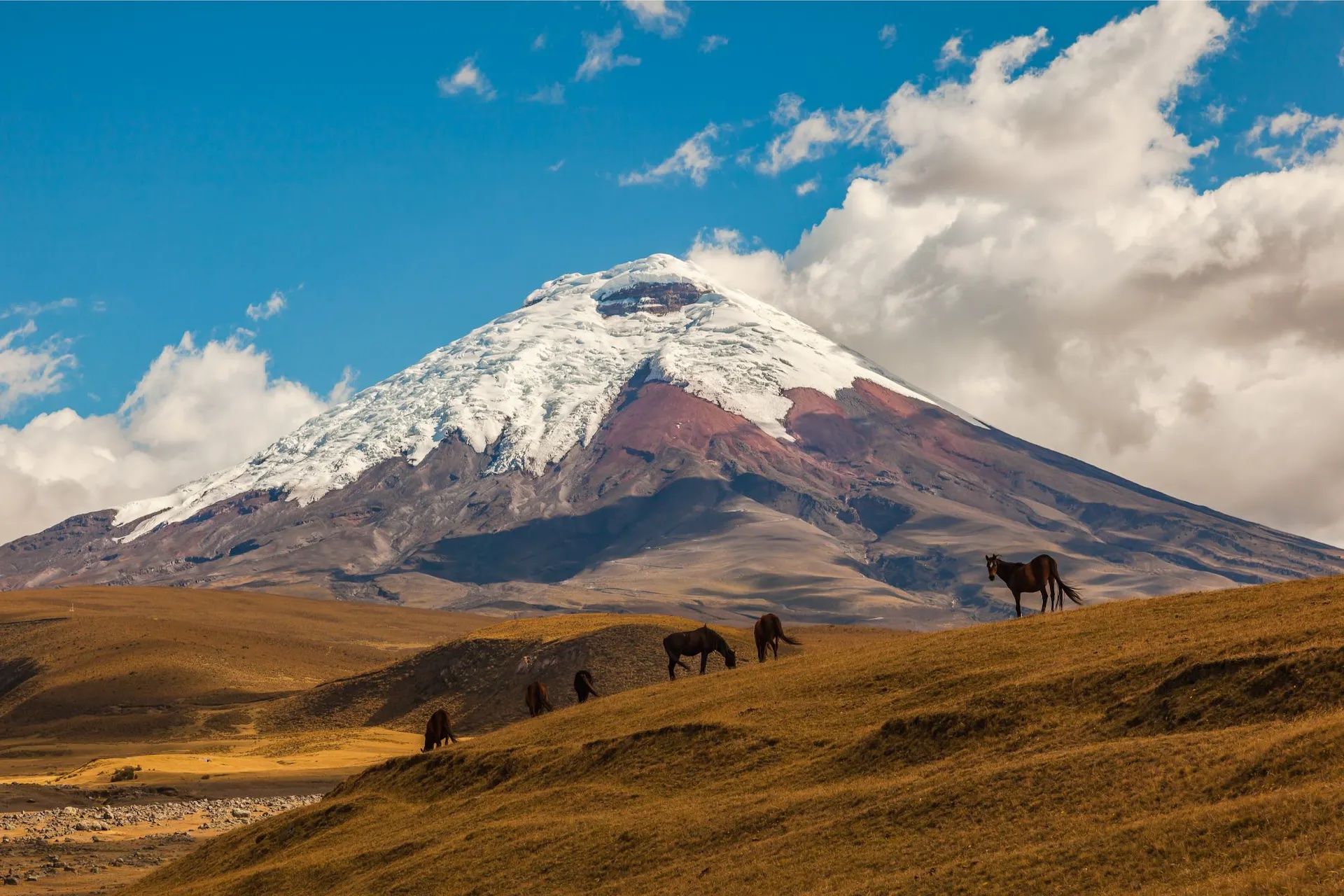
South America is a hub for mountaineering enthusiasts with its diverse peaks and terrains. The Andes, stretching across the continent, offers a range of climbing experiences in different regions. From the towering Aconcagua to manageable yet rewarding climbs like the Lanín volcano, there’s something for everyone.
Best seasons for climbing in the Andes
Timing is crucial when planning a mountaineering trip to the Andes. Generally, the optimal climbing season is from December to May, with stable temperatures and less precipitation making for safer climbs. In Peru, the best time for mountain climbing is from April to September, with June and July being the driest months.
Guidelines for climbing high-altitude peaks
Acclimatizing to the altitude is crucial to ensure a safer climb. One effective method is to go for a short walk to a point higher than your camp and acclimatize faster. Several valleys in the Cordillera Blanca region offer the opportunity to climb multiple peaks from the same base camp, allowing climbers to maximize their time and budget. It’s also essential to prepare for changing weather conditions by bringing appropriate gear for colder temperatures and possible precipitation.
A mountaineering expedition in South America requires careful planning and preparation, but the experience of reaching a summit is unparalleled. With these guidelines in mind, climbers can immerse themselves in the beauty of the Andes and test their skills on various summits.
Climbing in Patagonia
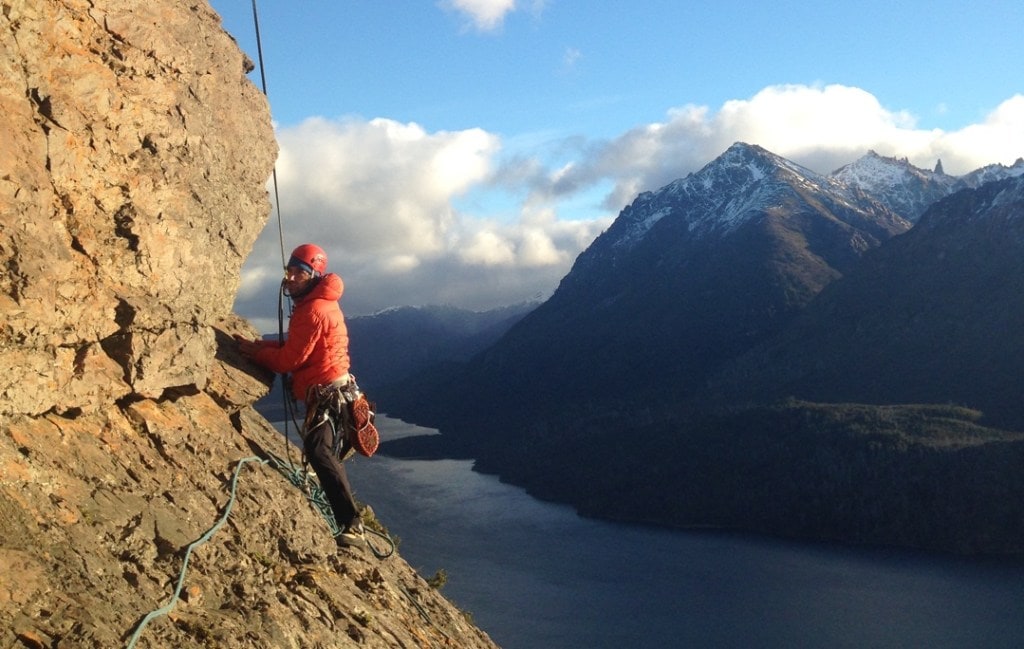
Patagonia, located in the southern tip of South America, is a top destination for mountaineering enthusiasts. The region boasts a diverse range of mountains, with stunning vistas and challenging climbs that make it a thrilling experience. Let’s take a closer look at the best time to climb and what challenges and rewards await climbers.
The ideal time to climb in Patagonia
The optimal time for climbing in Patagonia is during the summer months, from November to February/March, depending on the location. During this time, the weather conditions are more stable and predictable, and there is less snow, making technical rock climbing safer. It’s crucial to check weather conditions before departing for the climb, as rough weather can cause significant disruptions.
Challenges and rewards of climbing in this region
Patagonia offers a wide range of climbing experiences, suitable for both seasoned climbers and beginners. The Andes Mountains are the most popular climbing destinations for their incredible mountaineering opportunities, with both Argentina and Chile offering challenging summits that attract mountaineers from around the world.
Acclimatizing to the altitude is integral to avoiding altitude sickness and ensuring a safer climb. With proper training and preparation, climbers can tackle the challenging peaks and take in the magnificent views that the region has to offer. One must be mindful of the weather conditions, which can change quickly. Having appropriate gear for colder temperatures and intense precipitation is crucial.
In conclusion, climbing in Patagonia requires careful preparation, but it is a gratifying experience. With ideal weather conditions and magnificent terrains, climbers can enjoy the majesty of the Andes and push their limits. Whether you’re a seasoned mountaineer or a novice, climbing in Patagonia offers a memorable experience unlike any other.
Climbing in the Amazon Rainforest
If you’re an adventurous traveler, climbing in the Amazon Rainforest is an experience like no other. With a diverse range of landscapes and unique fauna, the Amazon offers a thrilling challenge for climbers of all levels. Here’s what you need to know about climbing in the Amazon.
Recommended seasons for climbing in the Amazon
The best time to climb in the Amazon Rainforest depends on the location you plan to visit. The Amazon spans across several countries, including Brazil, Peru, Ecuador, and Bolivia. The wet season runs from December to May, while the dry season runs from June to November.
If you choose to climb during the wet season, expect intense rainfall and more challenging trails. However, the water levels tend to be higher, allowing access to some areas that may be unreachable during the dry season. On the other hand, the dry season offers excellent trail access, better fishing, and birding opportunities.
Unique experiences and considerations
While climbing in the Amazon, climbers can encounter exotic wildlife such as monkeys, macaws, and jaguars. The Amazon jungle is full of life, making it a unique experience even for seasoned climbers.
It’s essential to prepare and pack for the weather conditions you’ll encounter during your climb. Bring appropriate gear for both colder and warmer temperatures, as the weather can change quickly. Additionally, be mindful of altitude sickness, which can occur due to the lower oxygen levels at higher elevations.
In conclusion, climbing in the Amazon Rainforest can offer a unique experience to adventure travelers. Whether climbing during the wet or dry season, preparing for weather conditions and altitude sickness is crucial. With an open mind, climbers can enjoy the breathtaking beauty of this diverse region and its unique wildlife.
Climbing in the Atacama Desert

For adventure-seekers looking for a unique mountain climbing experience, the Atacama desert between Chile and Bolivia offers towering peaks and breathtaking landscapes. Here’s what you need to know about climbing in the Atacama.
Optimal seasons for climbing in the Atacama Desert
The best time to climb in the Atacama Desert is during the dry season, running from May to October. The dry season provides stable weather conditions with little rainfall, better trail access, and more manageable trail conditions. However, if you choose to climb during the rainy season from November to April, be prepared for more challenging trail conditions, but stunning lush landscapes that only occur during this time of year.
Majestic landscapes and desert climbing tips
The Atacama Desert is home to a diverse range of landscapes, from towering snow-capped peaks reaching over 6,000 meters to smaller volcanoes rising out of the desert. Climbers can expect to encounter various challenges, from steep snow and ice-covered mountains to rugged, rocky terrain. It’s essential to pack appropriate gear for both the cold and hot desert conditions, including sun protection, as the desert sun can be intense.
For those seeking a unique climbing experience, climbing in the Atacama Desert offers more than just exciting mountain adventures. The Atacama Desert is also rich in history and culture, with opportunities to experience the local traditions and customs. It’s an opportunity to climb in one of the world’s most beautiful regions while immersing yourself in its rich heritage.
If you’re ready for a challenging and rewarding mountain climbing experience, compare and book a certified guide for your Atacama trip with Explore-Share.com. With over 1,500 certified guides in 70 countries and more than 8,000 programs to choose from, you’re sure to find the perfect adventure for your skill level and interests.
Climbing in the Galapagos Islands
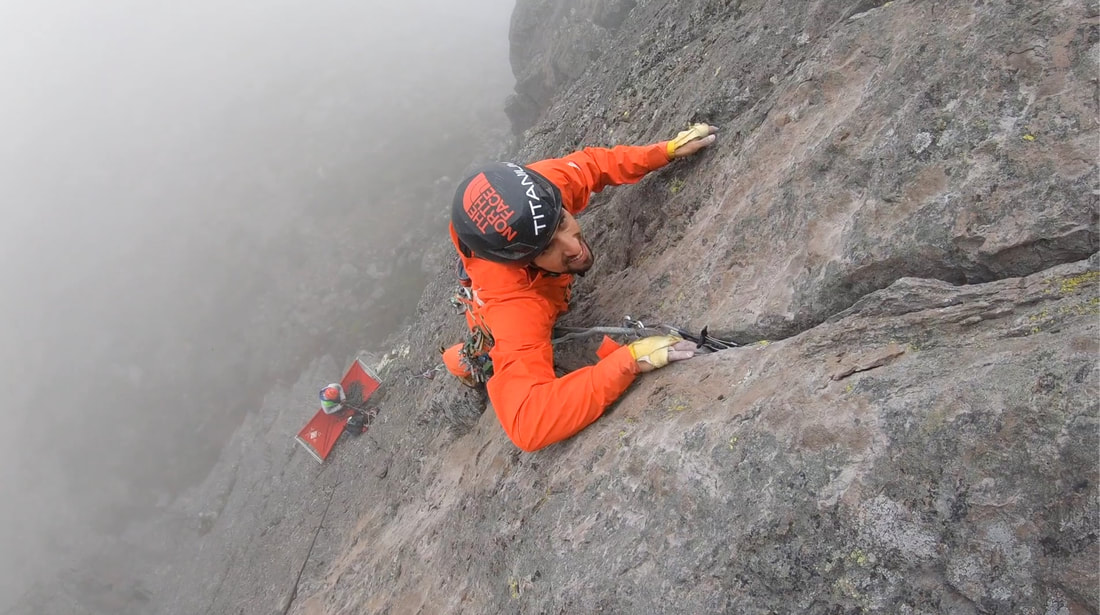
For adventure-seekers looking to explore the unique wildlife and landscapes of the Galapagos Islands on foot, climbing in the archipelago offers a one-of-a-kind adventure experience. Here’s what you need to know about climbing in the Galapagos.
The best time to climb in the Galapagos Islands
The optimal time to climb in the Galapagos is during the dry season, which runs from June to December. During this time, the weather is mild, with temperatures ranging from 70-85 degrees Fahrenheit and minimal rainfall. This makes for excellent trail conditions, clear views, and optimal wildlife sightings, as many species return to the islands to breed.
Ecological significance and climbing regulations
It’s essential to note that climbing activities in the Galapagos Islands are closely regulated, as the archipelago is home to unique and fragile ecosystems. Climbers must obtain permits and follow designated routes to minimize their impact on the environment. Additionally, some islands may have restricted climbing access to protect species habitats.
Despite these regulations, climbing in the Galapagos is still an outstanding outdoor adventure. Climbers can explore volcanic landscapes, hike through lush forests, and reach breathtaking viewpoints overlooking the Pacific Ocean. During climbs, visitors may also encounter a range of wildlife, from giant tortoises and sea lions to blue-footed boobies and frigatebirds.
To experience the ultimate climbing adventure in the Galapagos Islands, consider booking a guided trip with a certified adventure travel company like Explore-Share.com. With experienced guides and carefully selected itineraries, adventurers can enjoy a safe, eco-friendly, and unforgettable climbing experience in this unique part of the world. So, pack your gear, obtain your permit, and get ready to explore the wonders of the Galapagos Islands on foot!
Climbing in the Andean Plateau
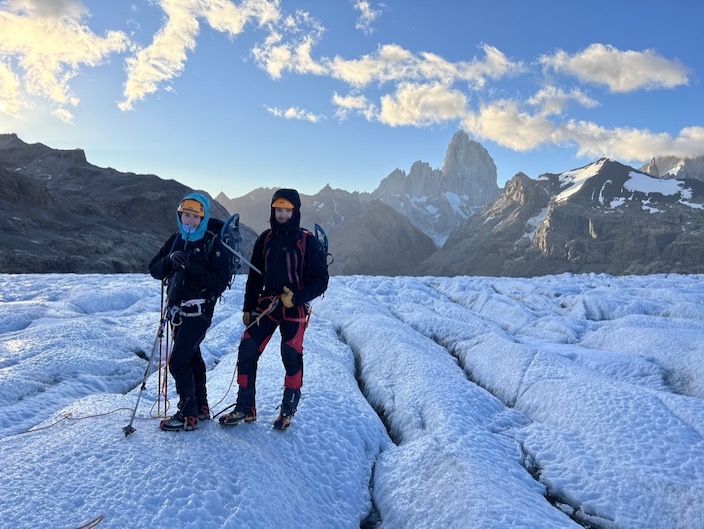
Looking for an unforgettable outdoor adventure in South America? Climbing in the Andean Plateau might just be what you need! The region offers a diverse range of climbing experiences, from high-altitude challenges to cultural encounters and breathtaking natural landscapes.
Seasons for climbing in the Andean Plateau
The best time to climb in the Andean Plateau depends on your destination and the type of climb you’re looking for. Generally, the climbing season starts in April and ends in September, coinciding with the dry season when the weather is mild and the skies are clearer. However, some lower peaks may be climbable in March or October, so make sure to check with your guide before planning your trip.
Altitude acclimatization and cultural encounters
Acclimatizing to high altitude is a crucial aspect of climbing in the Andes, and climbers are advised to take it slow and spend a few days adjusting before attempting higher climbs. This can also be a great opportunity to immerse yourself in Andean culture and explore local villages and markets.
As you climb higher into the Plateau, you’ll encounter a range of landscapes, from rocky peaks to snow-capped mountains and high-altitude deserts. You’ll also come across unique flora and fauna, such as llamas, alpacas, vicuñas, and condors. Cultural encounters can be just as rewarding, with traditional music, dance, and cuisine waiting to be discovered.
Whether you’re a seasoned climber or a beginner looking to explore the wonders of South America, climbing in the Andean Plateau promises to be an unforgettable adventure. So, pack your gear, book your guide, and get ready to experience the thrill of climbing at high altitude in one of the most spectacular regions on the planet!
Climbing in the Brazilian Highlands

Looking for an adventure in South America that combines breathtaking landscapes, diverse ecosystems and world-class climbing routes? Look no further than the Brazilian Highlands! This region is home to some of the best rock climbing areas in the country, offering a range of challenges and experiences.
Ideal seasons for climbing in the Brazilian Highlands
The best time to climb in the Brazilian Highlands is during the cooler and drier winter months from May to September when the weather is most stable. However, it is still possible to climb year-round, with the rainy season falling between December and March. Brazil uses its own grading system for routes, which is used throughout the country.
Exploring diverse rock formations and ecosystems
With a landscape that ranges from coastal cliffs to mountainous terrain, there are endless opportunities for rock climbing in the Brazilian Highlands. One of the most iconic climbing areas is just outside of Rio de Janeiro, where climbers can enjoy beautiful views of the ocean while tackling challenging sport climbing routes. There are also many long routes available for those looking for more traditional climbing experiences, with some routes boasting up to 20 pitches.
The Brazilian Highlands are also home to unique ecosystems and wildlife, such as the Cerrado savanna and the Atlantic Rainforest. While on climbing trips, climbers can take breaks and appreciate the unique flora and fauna, including toucans, monkeys, and sloths. Brazil’s biodiversity is one of its most cherished features, and climbers will be reminded of this every time they take a break.
In conclusion, climbing in the Brazilian Highlands offers a unique and adventurous experience for climbers of all levels. With varied climbing areas and stunning biodiversity, visitors can discover not only the thrills of climbing but also the natural beauty of the country and its unique culture. So pack your gear, find a guide and start planning your next adventure in the Brazilian Highlands!
Climbing in the Brazilian Highlands
Looking for an adventure in South America that combines breathtaking landscapes, diverse ecosystems and world-class climbing routes? The Brazilian Highlands may just be what you’re looking for! With some of the best rock climbing areas in the country, there are multiple opportunities for climbers of all levels to experience a range of challenges and thrilling experiences.
Factors to consider when planning a climbing trip to South America
Before embarking on a climbing trip to South America, it is important to consider a few factors. As South America is home to diverse landscapes and climates, it is essential to choose a route that suits your level of experience and the time of year you plan to climb. Additionally, having a clear understanding of basic mountaineering techniques and rescue procedures can minimize risks and ensure optimal safety during the climb. Therefore, careful research and planning are essential to make the most of your climbing journey in South America.
Summary of the best seasons for climbing in different regions
The climbing season in South America varies depending on the region. For example, the best time to climb in the Brazilian Highlands is during the cooler and drier winter months from May to September when the weather is most stable. However, it is still possible to climb year-round, with the rainy season falling between December and March. In other areas such as Patagonia, the climbing season typically runs from November to February/March, depending on the location.
With a range of climbing areas that vary from coastal cliffs to mountainous terrain, the Brazilian Highlands offer endless opportunities for rock climbing. One of the most iconic climbing areas is situated just outside of Rio de Janeiro, where stunning views of the ocean can be enjoyed while tackling challenging sport climbing routes. Long routes can be found for those seeking a more traditional climbing experience, with several routes boasting up to 20 pitches. The Brazilian Highlands are also home to unique ecosystems and wildlife, such as the Cerrado savanna and the Atlantic Rainforest. Climbers can take breaks during their trips to appreciate the unique flora and fauna, including toucans, monkeys, and sloths.
In conclusion, the Brazilian Highlands offer a unique and adventurous climbing experience for climbers of all levels. With varied climbing areas and stunning biodiversity, visitors can discover not only the thrills of climbing but also the natural beauty of the country and its unique culture. So pack your gear, find a guide, and start planning your next adventure in the Brazilian Highlands!
Conclusion
South America’s peaks offer a challenging and rewarding climbing experience. With the proper gear, techniques, and safety precautions, climbers can conquer the highest peaks of the continent. The sky’s the limit when it comes to reaching new heights and pushing your limits as a climber!

